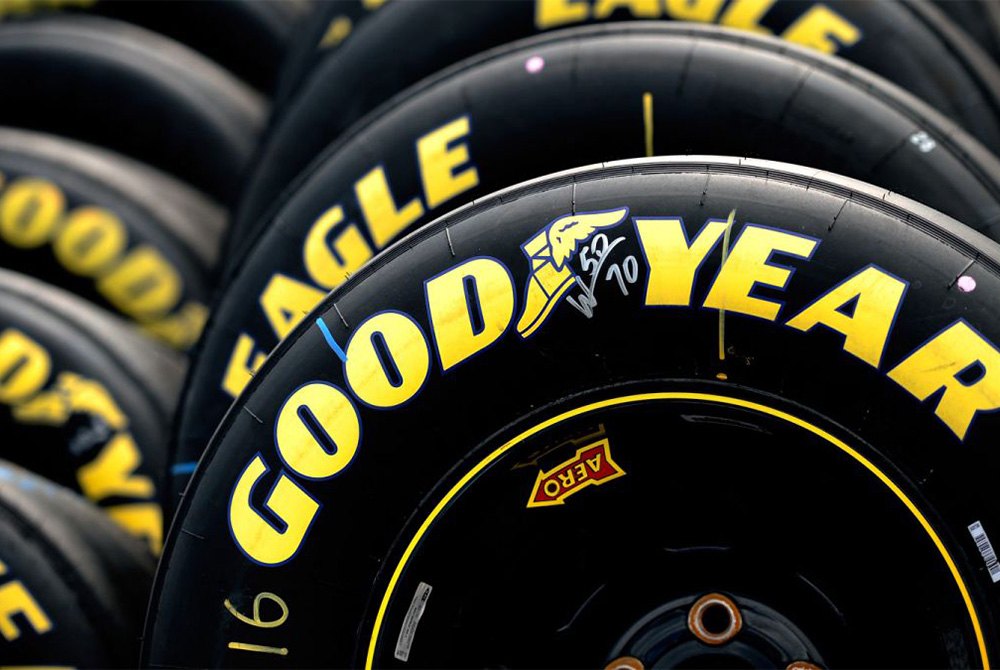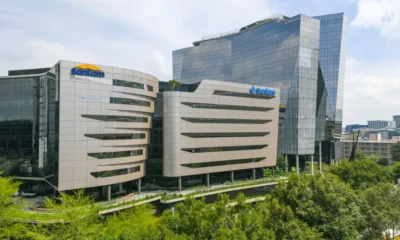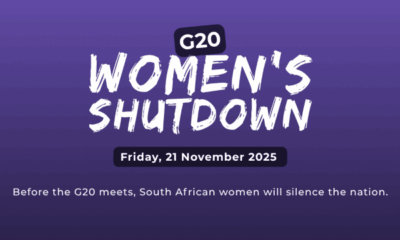Business
Tyre Giant Goodyear Pulls Plug on Eastern Cape Plant, Leaving Over 900 Jobs in Limbo

Goodyear South Africa has announced the permanent shutdown of its iconic tyre manufacturing plant in Kariega (formerly Uitenhage), ending a remarkable 77-year run in Nelson Mandela Bay. What began as a symbol of post-war industrialisation in 1947 will soon be just another empty shell in the Eastern Cape’s struggling economy.
And while the multinational assures South Africans it’s not turning its back completely maintaining its retail and sales operations through Hi-Q the heart of its local manufacturing presence has been ripped out.
From Factory Pride to Economic Fracture
For decades, the Goodyear plant was more than just a factory. It was a backbone for entire families, a training ground for skilled artisans, and a source of pride in a province where jobs have always been scarce.
Now, nearly 900 workers are facing an uncertain future. The plant’s closure doesn’t just mark the end of an era, it threatens to deepen the economic crisis in a region already battling the country’s highest unemployment rate: a staggering 41.9%.
The shock has rippled through the community, with social media flooded by messages of disbelief and frustration. Former employees have shared memories of their first jobs, years of service, and the heartbreak of watching a pillar of the local economy shut down.
NUMSA: “The Impact Goes Beyond the Factory Fence”
The National Union of Metalworkers of South Africa (NUMSA) has condemned the move, warning that the fallout will be felt well beyond the factory gates.
“This is a major loss not just for the workers at Goodyear, but for the entire local economy,” said spokesperson Phakamile Hlubi-Majola. “Many small businesses rely on Goodyear for contracts security firms, catering companies, logistics, maintenance. This isn’t just 900 jobs. It’s a domino effect.”
The union confirmed it had received a Section 189A notice, which typically precedes large-scale retrenchments. The process will be overseen by the Commission for Conciliation, Mediation and Arbitration (CCMA), with Goodyear promising “fair and responsible” treatment of affected employees.
But NUMSA is not convinced. It’s pushing back hard, calling on government to urgently intervene and relook at trade and industrial policies that make it near-impossible for manufacturers to survive.
The Big Picture: Unfair Competition and Failing Infrastructure
Why did Goodyear walk away after more than seven decades? While the company points vaguely to restructuring across Europe, the Middle East, and Africa, local experts say the real story lies in the increasingly hostile environment for manufacturing in South Africa.
“We’re seeing rising energy costs, failing municipal services, logistical headaches, and relentless pressure from cheap tyre imports,” explained Denise van Huyssteen, CEO of the Nelson Mandela Bay Business Chamber. “Businesses are battling just to stay afloat.”
Those imports mostly from Asia are a thorny issue. Nduduzo Chala of the South African Tyre Manufacturers Conference said the local industry has been bleeding for years.
“Local producers simply can’t compete with low-cost imports. Even after we got anti-dumping duties applied to Chinese tyres, companies started rerouting shipments through Thailand, Cambodia, and Vietnam,” he explained.
A Cautionary Tale for Local Manufacturing
Goodyear’s exit is part of a bigger trend, one that should alarm policymakers and citizens alike. South Africa’s industrial base is shrinking under the weight of red tape, poor infrastructure, and uneven global trade practices.
In communities like Kariega, the closure of a single plant can devastate thousands. The long-term impact on families, small businesses, and social cohesion is immeasurable.
There’s no doubt Goodyear’s South African team worked hard to make things work. Even the company’s own statement made that clear: “This proposal is in no way a reflection of the commendable efforts or the years of dedication of our South Africa team.”
But dedication alone isn’t enough. Without bold policy changes, better protection for local industries, and stronger support for industrial hubs, more closures may be on the horizon.
What’s Next for the Eastern Cape?
For now, the focus turns to the retrenchment process and the battle ahead between NUMSA and Goodyear over worker compensation.
But beneath that fight lies a bigger question: If a global giant like Goodyear can’t make it in South Africa, who can?
And what must change to ensure that Kariega’s loss doesn’t become the norm for industrial towns across the country?
Because once the machines go silent, getting them to start again is far harder than anyone wants to admit.
{Source: BusinessTech}
Follow Joburg ETC on Facebook, Twitter , TikTok and Instagram
For more News in Johannesburg, visit joburgetc.com


























